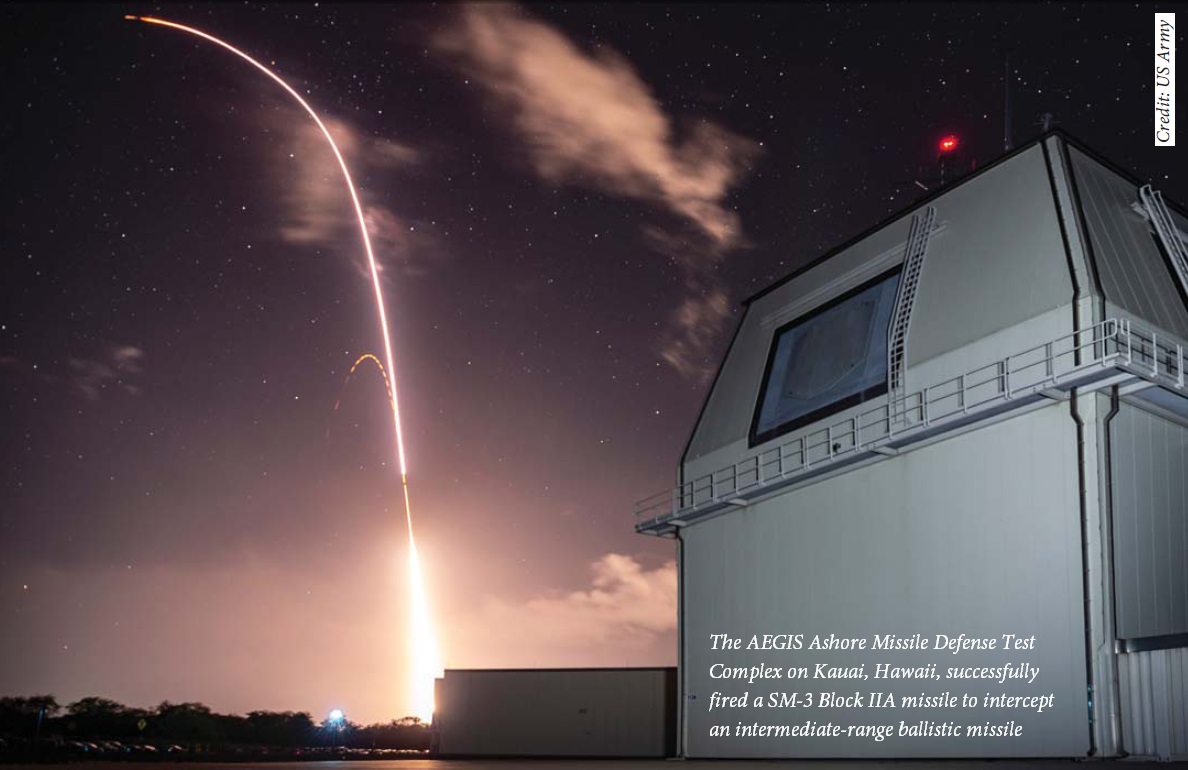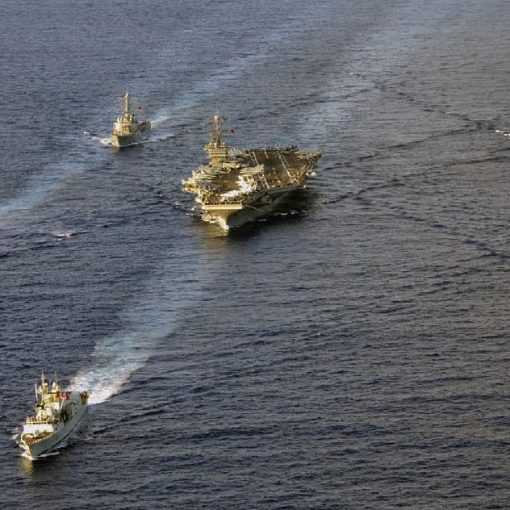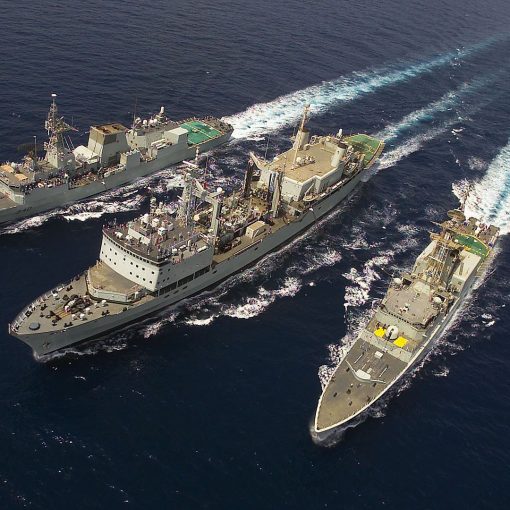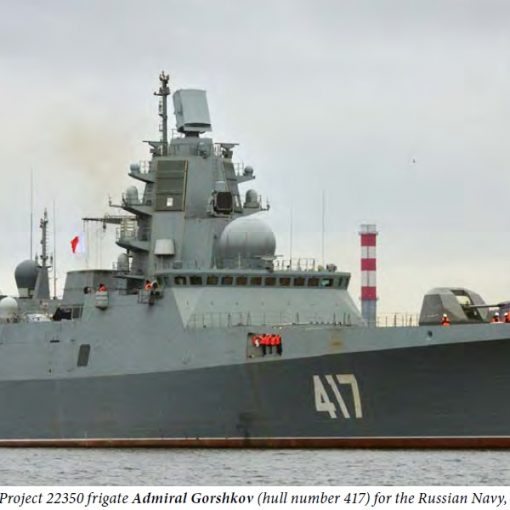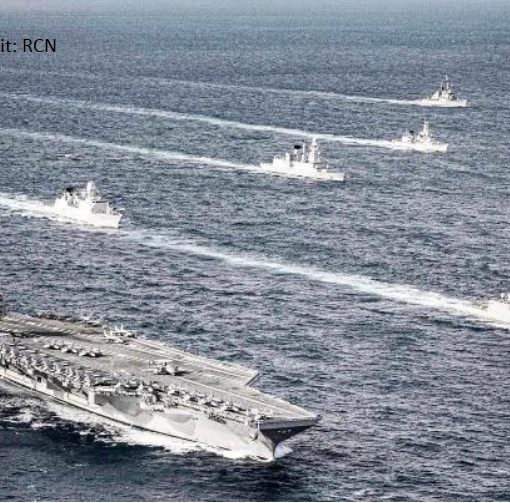Buoyed by the successful shooting down of a satellite by USS Lake Erie in February, supported by a well-informed congress, and concerned with the proliferation of ballistic missile technology, the USN is pressing ahead with plans to expand the Ballistic Missile Defence (BMD) capabilities of their surface fleet. Speaking on 30 July, Vice Adm. Barry McCullough, the Deputy Chief of Naval Operations for Integration of Capabilities and Resources, said that the USN may eventually need as many as 90 ‘aegis’ BMD ships. The current plan is to have 18 Ticonderoga-class cruisers and Arleigh Burke–class destroyers fitted with the missiles plus the control equipment and software by the end of 2008. The admiral’s estimation represents a spectacular growth in naval expectations and a revitalization of the importance of large surface combatants.
Admiral McCullough said that the increased demand for BMD ships will “drive our force structure requirements even higher.” The question of how such expensive capabilities can be accommodated within the USN’s fleet structure and budget is a key issue. Committed to a hi-lo fleet mix in order to generate the numbers and variety capabilities needed to be effective in a broad array of scenarios, the ballistic missile threat is the kind of issue that can upset fleet plans. Continuing problems with cost overruns of the littoral combat ship undermines the validity of the hi-lo fleet mix plan. A really intense struggle between contending factions appears to be shaping up over the future structure of the American future surface combatant fleet.

